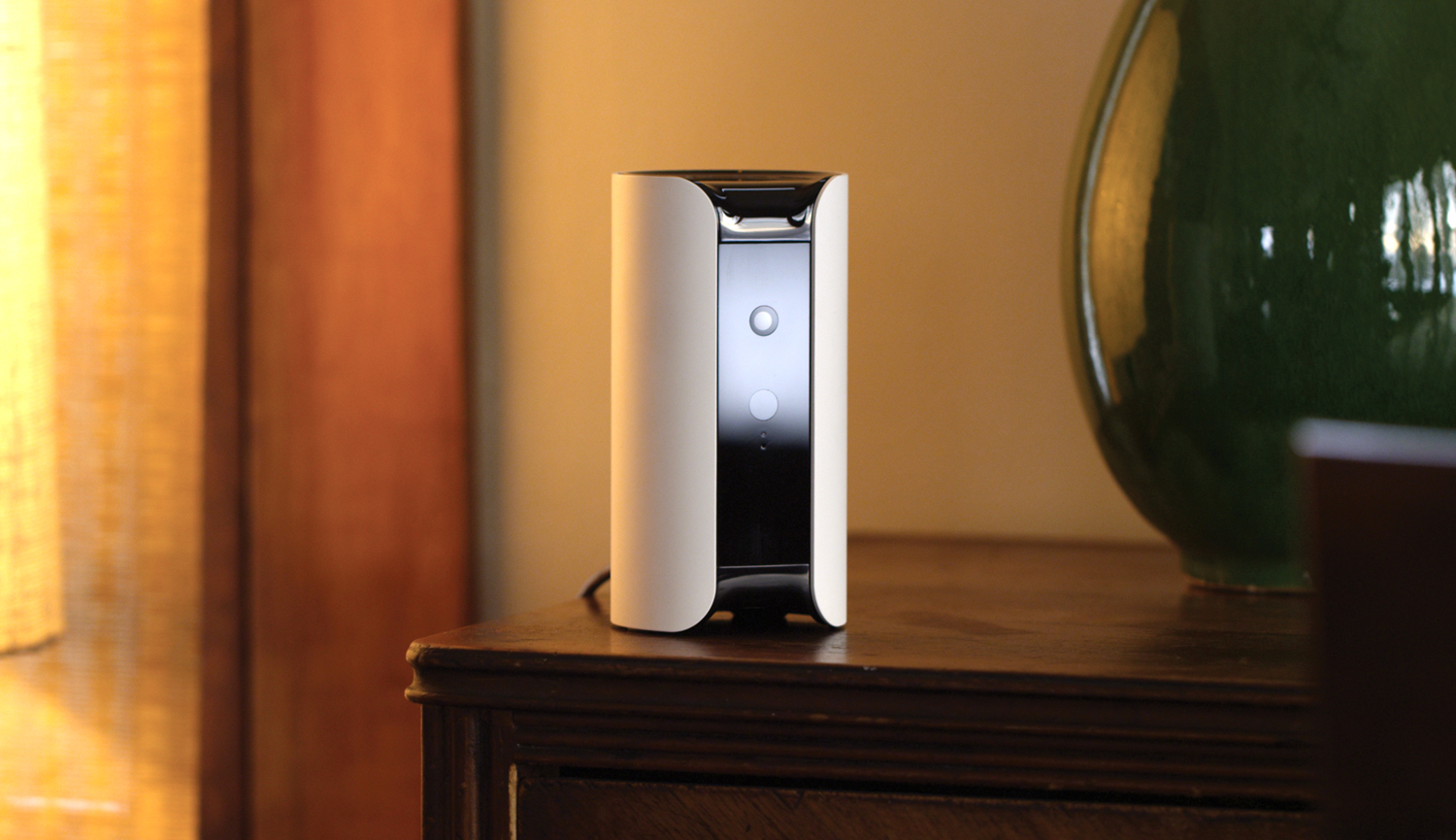Building an Experience-Driven Product

When you’re building a hardware product it’s easy to focus all of your attention on the device itself. After all, the device is what a person will hold, hear, see, and touch. It will work or it won’t. It will be beautiful or ugly. Functional or useless.
Considering the amount of work and testing that goes into building an actual hardware device, there’s no wonder that it can begin to overshadow everything else. After all, if the hardware fails, the product fails.
With all this pressure on the physical object, you might begin to believe that the device is all that matters. But it’s not.
And you might think that if you build the device perfectly, the product will be an automatic success. But it won’t.
Maybe you’ll even start to imagine that the device itself is the product. But it isn’t.
The experience is the product.
“The product” is much more than a piece of plastic (or metal, wood, or whatever). The product is the experience that the physical object enables.
This means that from day one, and in every decision you make, you must be focused on people. Your device needs to fit into people’s lives. And when it does, it will likely be surrounded by countless other devices, people, patterns, habits, and daily routines. Your product will not live in isolation, it needs to easily work in concert with a person’s existing behaviors or impulses — and as a result deliver a new or better experience.
We’ve applied this mindset from the very beginning of our product development process. Canary is more than a beautiful security device — it’s the experiences enabled by that device. Canary is that feeling of safety when you come home at night knowing your apartment has been quiet all day. Canary is seeing your kids walk in the door after school even when you’re out running errands. Canary is receiving a notification when your landlord drops by your place unannounced. Canary is knowing that if there is ever a break-in, not only will you be notified, but you will also have a record of it. Canary is being more connected to your family all the time, even when you’re on business trips. Canary is safety. Canary is information. Canary is empowerment.
Nobody cares about the features.
Now, contrast this experience-driven approach with a feature-driven approach. While an experience-driven approach focuses outwardly on how a product improves a person’s life, a feature-driven approach focuses inwardly on the product itself. Beware of this approach.
A product that is feature-driven often becomes bloated as it places too much value on the number of features and how they stack up to competition. It emphasizes technical specifications over storytelling. And most often, a feature-driven approach appeals more to those that are building it, than to those who it’s being built for.
When someone first hears about your product, the question you need to answer isn’t “What are the features?,” but rather, “How will this improve my life?” You need to create and sell the experience — the features are just implementation details.
The experience has already started.
A person’s experience with your product begins the moment they first become aware of it. For us, the beginning of many people’s experience with Canary was through our Indiegogo campaign. We recognized that the moment people were introduced to Canary through our campaign, they would begin to have cerebral experiences with our product.
Though you can’t control what happens inside a person’s mind, you can certainly provide some fodder for their imagination and send them in the right direction. Tell compelling stories. Remove your product from that stark white background and place it in their lives. Help people experience it now.
There’s a brilliant scene in Harry Potter (yes, product design lessons from Harry Potter) that I always come back to. Dumbledore and Harry are having a conversation and Harry poses a question:
“Tell me one last thing, is this real? Or has this all been happening inside my head?”
Dumbledore looks at him with a puzzled face and responds:
“Of course it is happening inside your head, Harry, but why on earth should that mean that it is not real?”
We must not undervalue the importance of the product experiences that take place in people’s minds. These cerebral experiences matter. They are real. You need to help people begin to experience your product now. Start by recognizing that the product is much more than the device and the features. Begin to craft an experience that can happen cerebrally first, and build on that as the physical device is unboxed and integrated into a person’s life.
If you allow experiences to drive product development, and if you do it well, you can begin to deliver an amazing product to people before you’ve even put a device in their hands.

You must be logged in to post a comment.